

Practise your maths skills with these 50 maths questions for year 1, covering counting, addition, subtraction, place value, measurement, and geometry! Answers included.

Author
Michelle Griczika
Published
February 2024


Practise your maths skills with these 50 maths questions for year 1, covering counting, addition, subtraction, place value, measurement, and geometry! Answers included.

Author
Michelle Griczika
Published
February 2024


Practise your maths skills with these 50 maths questions for year 1, covering counting, addition, subtraction, place value, measurement, and geometry! Answers included.

Author
Michelle Griczika
Published
February 2024


Key takeaways
Table of contents
Get ready to take on 50 maths questions for year 1! These exercises are designed to help young learners develop essential maths skills while exploring counting, basic addition and subtraction, shape recognition, place value, and measurement in a fun and interactive way.
We’ve put together 50 engaging year 1 math problems to prepare your young learner! These exercises cover five essential skills that every child needs to master before stepping into year 2. They include:
From geometry problems to counting practice, we have a mixture of year 1 maths word problems for your child to practise at home. Once you are done, check your work with our answer sheet.
Let’s dive in!
Counting helps us understand numbers and how many things we have, like siblings or how many steps we take.
Answer: 4
Answer: 12
Answer: 18
Answer: 6
Answer: 15
Answer: 8
Answer: 20
Answer: 5
Answer: 13
Answer: 10
Adding numbers helps us combine different amounts to find the sum, giving us the result of putting them together. Subtraction allows us to see the difference between two numbers by subtracting one value from another, helping us understand the remaining amount.
Answer: 5
Answer: 7
Answer: 7
Answer: 9
Answer: 7
Answer: 6
Answer: 1
Answer: 2
Answer: 8
Answer: 3
Ten frames show us the value of each digit in a number, helping us understand how they add up to make a bigger number.
Unlock unlimited maths questions
Put your skills to the test with fun exercises + maths games that are proven to boost ability!
1. Look at the ten frames. What number do you see?

2. Look at the ten frames. What number do you see?
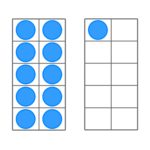
3. Look at the ten frames. What number do you see?
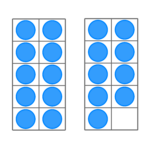
4. Look at the ten frames. What number do you see?
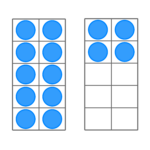
5. Look at the ten frames. What number do you see?
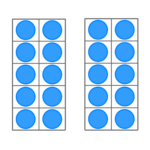
6. Look at the ten frames. What number do you see?

7. Look at the ten frames. What number do you see?

8. Look at the ten frames. What number do you see?

9. Look at the ten frames. What number do you see?
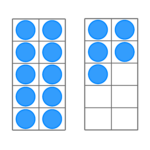
10. Look at the ten frames. What number do you see?
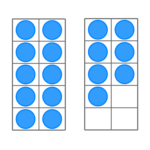
When we measure things, we use the words’ bigger’ and ‘smaller’ to compare them and see which is larger or smaller in size, amount, or value.
1. Which polar bear is bigger?
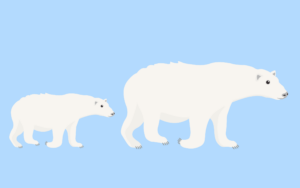
2. Which snake is bigger?
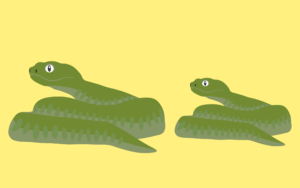
3. Which Cat is bigger?

4. Which octopus is bigger?
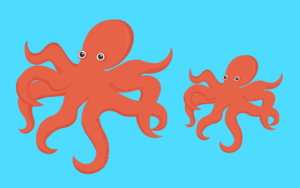
5. Which penguin is bigger?

6. Which frog is smaller?
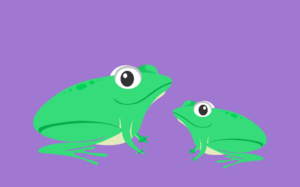
7. Which turtle is smaller?
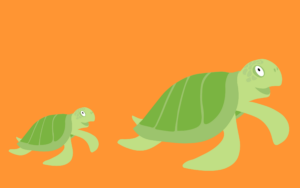
8. Which Eagle is smaller?

9. Which Parrot is smaller?
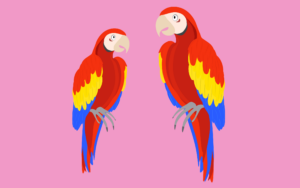
10. Which leopard is smaller?

We can identify and name different shapes by looking at their features, such as the number of sides and how they are arranged.
1. Name the shape.

2. Name the shape.
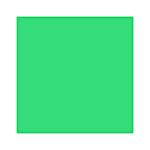
3. Name the shape.

4. Name the shape.
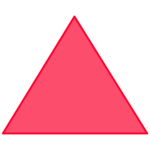
5. Name the shape.

6. Name the shape.

7. Name the shape.

8. Name the shape.

9. Name the shape.
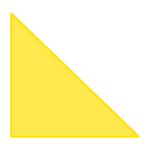
10. Name the shape.

Lesson credits

Michelle Griczika
Michelle Griczika is a seasoned educator and experienced freelance writer. Her years teaching coupled with her double certification in early childhood education lend depth to her understanding of diverse learning stages. Michelle enjoys running in her free time and undertaking home projects.

Michelle Griczika
Michelle Griczika is a seasoned educator and experienced freelance writer. Her years teaching coupled with her double certification in early childhood education lend depth to her understanding of diverse learning stages. Michelle enjoys running in her free time and undertaking home projects.

Parents, sign up for a DoodleMaths subscription and see your child become a maths wizard!

Book a chat with our team
If you’d like to use Doodle’s browser version, please visit this page on a desktop.
To log in to Doodle on this device, you can do so through our apps. You can find out how to download them here: